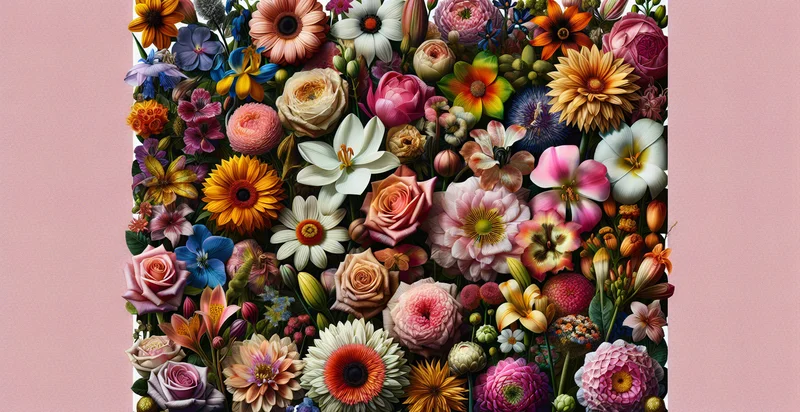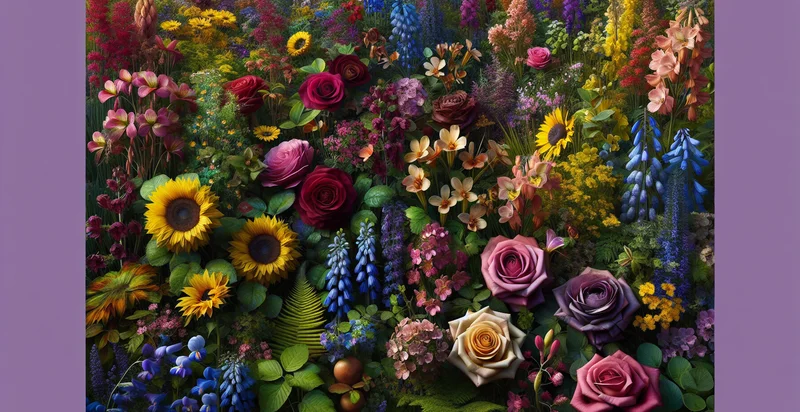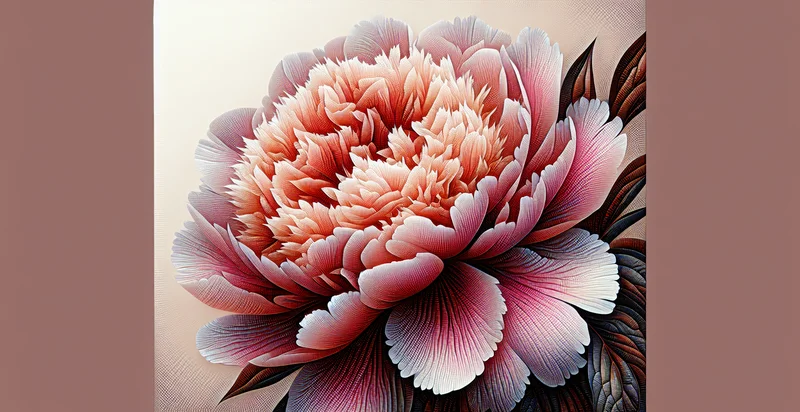Identify flower species
using AI
Below is a free classifier to identify flower species. Just upload your image, and our AI will predict what flower species it is - in just seconds.

Contact us for API access
Or, use Nyckel to build highly-accurate custom classifiers in just minutes. No PhD required.
Get started
import nyckel
credentials = nyckel.Credentials("YOUR_CLIENT_ID", "YOUR_CLIENT_SECRET")
nyckel.invoke("flower-species", "your_image_url", credentials)
fetch('https://www.nyckel.com/v1/functions/flower-species/invoke', {
method: 'POST',
headers: {
'Authorization': 'Bearer ' + 'YOUR_BEARER_TOKEN',
'Content-Type': 'application/json',
},
body: JSON.stringify(
{"data": "your_image_url"}
)
})
.then(response => response.json())
.then(data => console.log(data));
curl -X POST \
-H "Content-Type: application/json" \
-H "Authorization: Bearer YOUR_BEARER_TOKEN" \
-d '{"data": "your_image_url"}' \
https://www.nyckel.com/v1/functions/flower-species/invoke
How this classifier works
To start, upload your image. Our AI tool will then predict what flower species it is.
This pretrained image model uses a Nyckel-created dataset and has 25 labels, including Aster, Begonia, Camellia, Carnation, Chrysanthemum, Daisy, Dandelion, Freesia, Geranium and Hydrangea.
We'll also show a confidence score (the higher the number, the more confident the AI model is around what flower species it is).
Whether you're just curious or building flower species detection into your application, we hope our classifier proves helpful.
Related Classifiers
Need to identify flower species at scale?
Get API or Zapier access to this classifier for free. It's perfect for:
- Horticultural Research: Researchers can utilize the flower species identifier to gather data on specific species and evaluate its accuracy. By analyzing misclassifications, they can identify areas for improving machine learning algorithms while enhancing their understanding of plant biology.
- Botanical Education: Educational institutions can use this tool in teaching students about plant taxonomy. By examining instances of incorrect identification, students can learn to distinguish between similar species and understand the challenges of plant classification.
- Gardening Assistance: Gardening apps can integrate the flower species identifier to help users identify plants in their gardens. Users would benefit from understanding misclassifications, helping them make smarter decisions about plant care and growth conditions.
- Environmental Monitoring: Conservationists can leverage the flower species identifier to monitor local flora and assess biodiversity. Investigating false classifications can provide insights into species distribution and reveal potential misinterpretations of habitat data.
- E-commerce for Floral Products: Online florists can use this function to ensure accurate representation of flower species in their inventory. Analyzing errors in identification can lead to better product descriptions and increased customer satisfaction.
- Agricultural Development: Farmers and agricultural specialists can apply this identifier to manage crop health and biodiversity on their lands. Understanding misclassifications aids in correct pest management strategies and resource allocation.
- Augmented Reality Applications: Mobile AR applications focused on nature can incorporate the flower species identifier to provide users with real-time information about flowers in their surroundings. By assessing incorrect predictions, developers can fine-tune the user experience to enhance learning and engagement.


